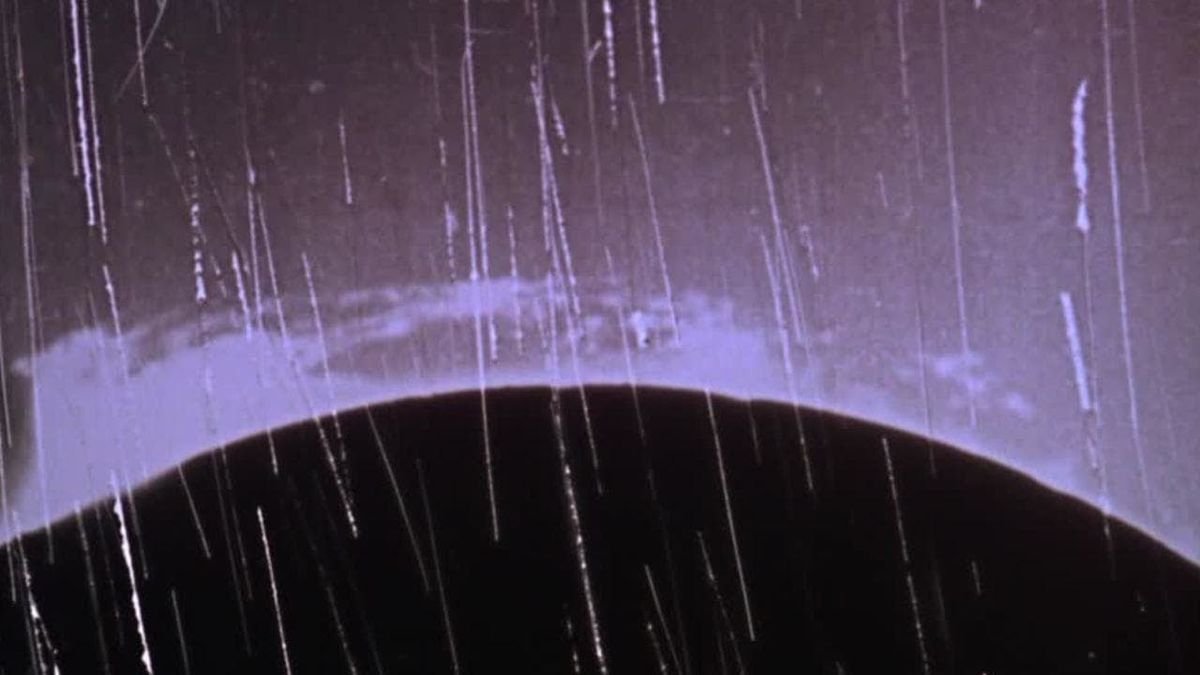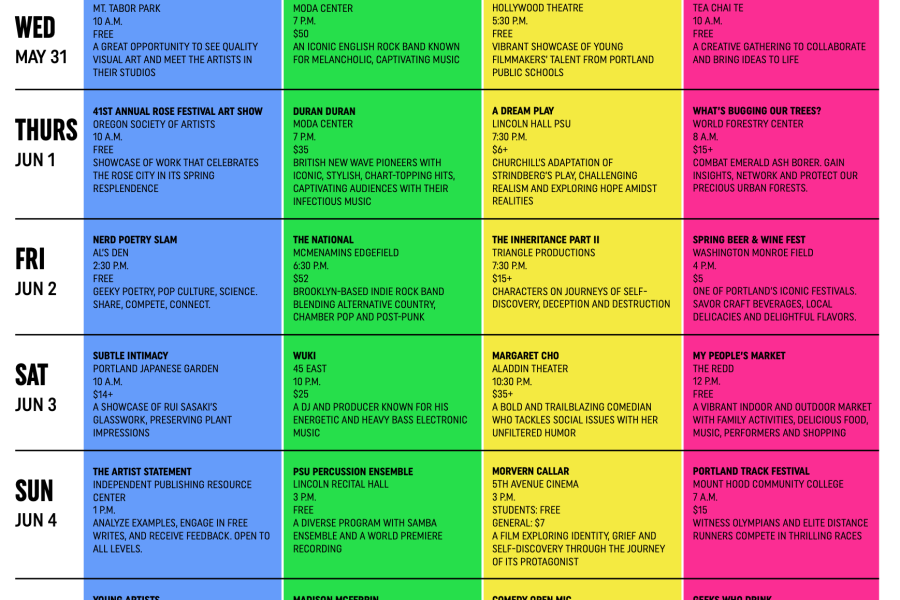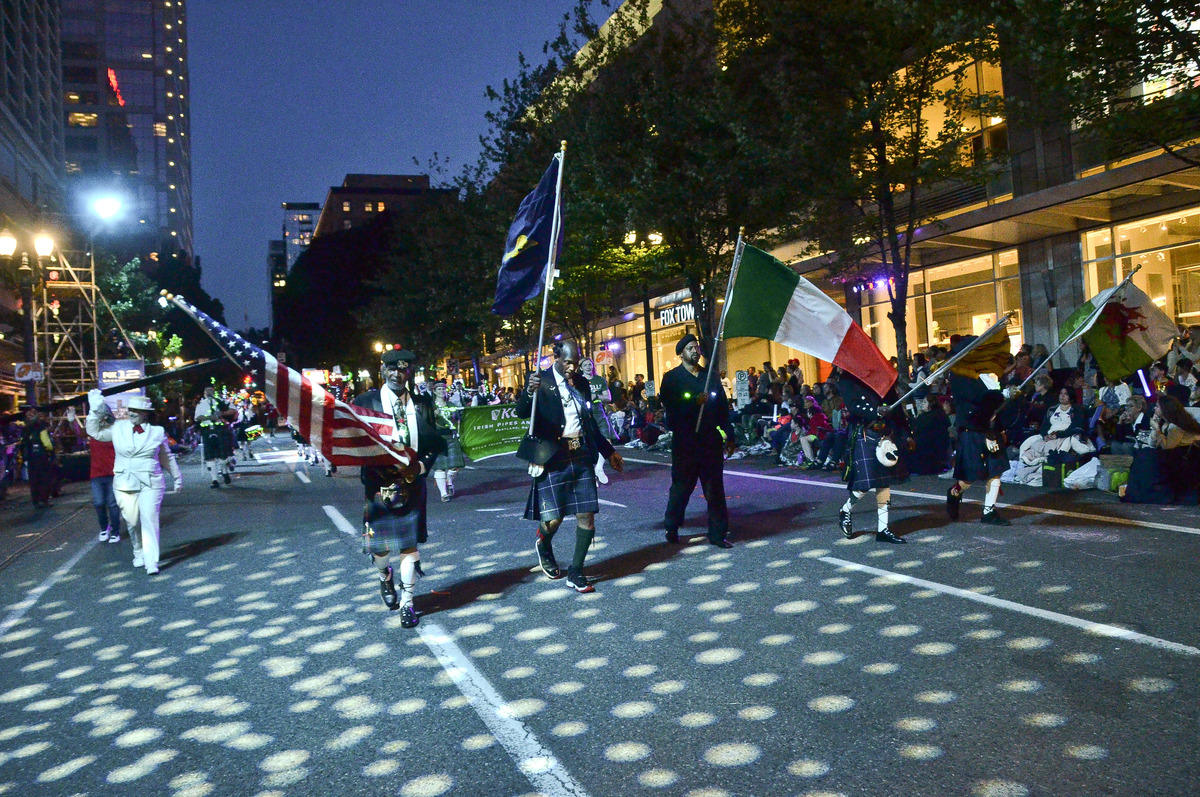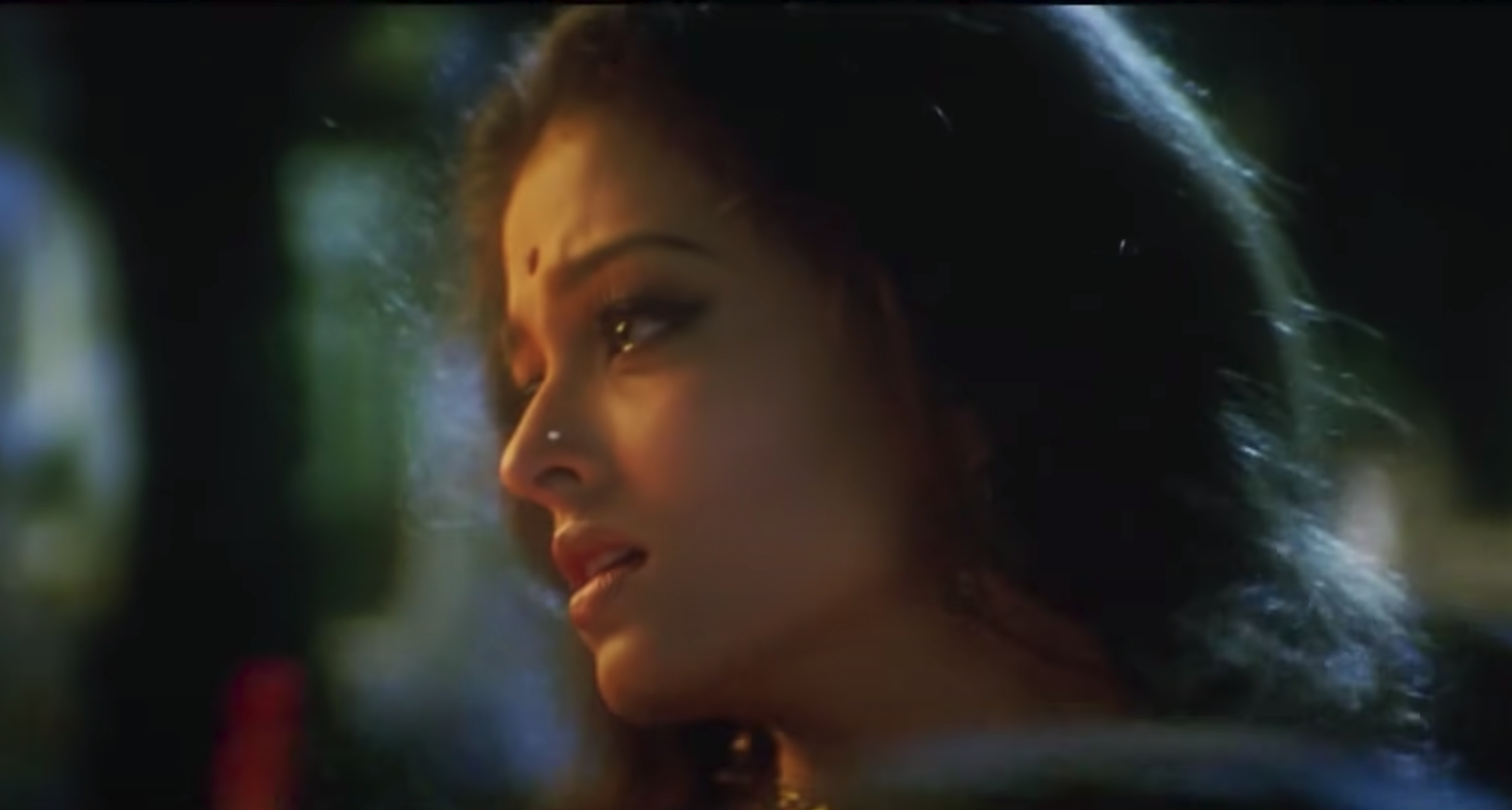This week at 5th Avenue Cinema—Oregon’s only student-run theater—curators have chosen to screen Dog Star Man, along with a short physical film collection created by Portland State students!
Stan Brakhage’s Dog Star Man is an experimental, silent, five-part series that defies conventional storytelling norms. The first segment, Prelude (1961), is followed by four parts, the last of which was released in 1964.
Praised for its non-narrative structure, the production exemplifies the interconnectedness of all forms of life, with montages of nature, man, animal and cosmic images. Through Brakhage’s unique camera work and editing techniques, Dog Star Man proves to be an engaging experience that transcends traditional cinema and invites viewers to explore human perception.
Cadie Godula chose this week’s screening of Dog Star Man. She is currently the longest standing member of 5th Avenue Cinema, but she will be leaving the theater when she graduates at the end of this term.
“This is a rare showing of something in 16mm,” Godula said. The cinema tries to favor physical films like 35mm, but 16mm is a rare treat! “The 16mm film that was played here was Murder and Murder last spring.”
Preceding Dog Star Man will be the premier of a collaborative short film, made up of small reels scratched and colored by PSU students. The showing is a culmination of a year’s work—a process which 5th Avenue Cinema has supported by organizing events where students can craft these reels.
Each reel is only a few seconds long, so even when they’re connected together into one piece, “we won’t have enough to have it as a feature screening,” Godula said. “So I wanted to pair it with Dog Star Man.”
“I obviously wanted to show these films because the people who made them haven’t been able to see them in motion yet, which is necessary in the whole process of making films,” she said. “It’s also showing people that if they’re into this, people make whole features out of this stuff!”
Godula hoped that students will be inspired by seeing their own work on the screen, followed by similar work done professionally. “Dog Star Man was pretty much made in the same way that the students made those,” Godula said. “It’s a mixture of photographic footage mixed with handmade painted and scratched film.”
“I first encountered the film [Dog Star Man] a handful of years ago,” Godula said. She wasn’t sure about watching an hour-long, abstract silent film. “It’s difficult to watch films like these on a laptop or just at home,” she said. “You kind of have to get in a different mindset to really watch it and not expect a usual narrative.”
Godula explained that all of Brakhage’s work lacks a narrative. “In this one, there is kind of a narrative, but you have to build it yourself—if you want it,” she said.
She shared Brakhage’s own explanation: all of his work is about birth, sex and death. “I think it comes through pretty clearly in this one,” she said, as abstract as the film may be. “He had intention with what he was doing—with the brushstrokes and scratches and things like that—but it’s hard to watch and understand exactly what it was about and his intention.”
“I think it’s gorgeous—a compelling film,” Godula said. She pointed out how well the parts of the film blend together and how beautiful the shots of forestry look when scratched and painted over. “As someone who not only likes watching this stuff—but making it—it makes me want to do it more!”
Godula chose a 16mm film because she is currently heavily into that medium of filmmaking. Dreams was shown earlier in the term in 35mm, but it’s not quite the same as 16mm. “16mm is a smaller gauge,” Godula explained. “There is a significant, noticeable grain with 16mm and, generally, it is not as clear as 35mm.”
She pointed out how the visual aesthetics are not only dependent on the width of the frame, but also the date of production—a modern 16mm film will be clearer than an older one, and can be mistaken for 35mm. “With older films, I think you can definitely tell—at least I can tell,” she said.
Godula prefers physical film over digital film because it is a much more intimate engagement. “All art-making can be a personal experience, but I think with this kind of stuff it can be very intensely personal in some capacities,” she said.
It is far more difficult to edit physical film than digital because it needs to be scanned in order to be played on a computer, or would otherwise require something like the large editing table that can be seen in the 5th Avenue Cinema lobby. “If you don’t have a table top view thing, you can’t really watch what you’ve made unless you digitize it,” she said. In most cases with physical film, “you don’t know what it looks like when it moves, only as it’s still.”
16mm is a format that Godula has been working with more and more in her own filmmaking. A recent film she made, Shrunken Heads, was brought to life with the help of PSU’s Sonic Arts & Music Production ensemble in winter of last year. “It was a cool experience,” she said. “They did semi-improvised music along with semi-prepared music.” The interaction was part of a class that was able to provide such an incredible opportunity.
“After I graduate, I’m hoping to make more things,” Godula said. “I just want movies to look like paintings, essentially—I just want weird little short movies.”
Students can catch Dog Star Man this weekend for free at 5th Avenue. Showings are at 6 p.m. and 8:30 p.m. on Friday and Saturday, with a 3 p.m. screening on Sunday.






